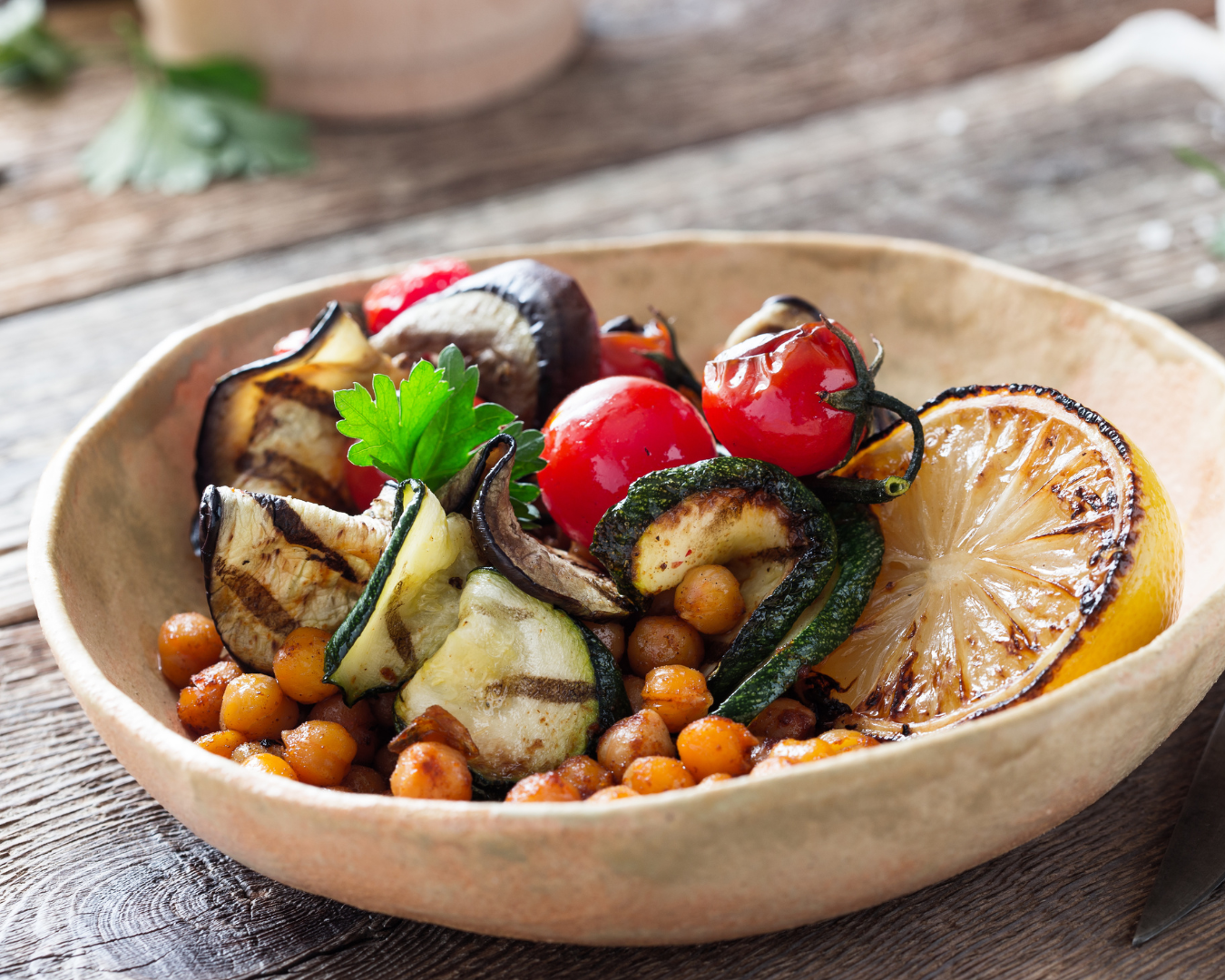Plant-Based Cooking Made Easy: Embracing Delicious and Nutritious Meals
In recent years, there has been a growing trend towards plant-based eating, and for good reason. Not only is it better for the planet, but it’s also beneficial for our health. However, making the switch to a plant-based diet can seem daunting for some. That’s why in this blog post, we’ll explore the world of plant-based cooking and discover how easy and satisfying it can be to incorporate more plant-based meals into your diet.
The Benefits of Plant-Based Eating:
Plant-based diets are rich in fiber, vitamins, minerals, and antioxidants, which can help lower the risk of chronic diseases such as heart disease, diabetes, and certain cancers. Additionally, plant-based meals are often lower in saturated fat and cholesterol, making them a heart-healthy choice. By focusing on whole, plant-based foods like fruits, vegetables, legumes, nuts, seeds, and whole grains, you can nourish your body and fuel it with the nutrients it needs to thrive.
Embracing Plant-Based Ingredients:
One of the key components of plant-based cooking is embracing a variety of plant-based ingredients. From beans and lentils to tofu and vegetables, the possibilities are endless when it comes to creating delicious and nutritious plant-based meals. Here are some versatile plant-based ingredients to incorporate into your cooking:
- Beans and Legumes: Beans and legumes such as chickpeas, black beans, lentils, and kidney beans are excellent sources of protein, fiber, and essential nutrients. They can be used in soups, stews, salads, and grain bowls to add texture, flavor, and nutrition to your meals.
- Tofu and Tempeh: Tofu and tempeh are plant-based protein sources made from soybeans. They are incredibly versatile and can be used in a wide range of dishes, from stir-fries and curries to sandwiches and salads. Tofu can be marinated and grilled, baked, or sautéed, while tempeh can be crumbled and used as a meat substitute in dishes like tacos and chili.
- Vegetables: Vegetables are the foundation of plant-based cooking and should be the star of every meal. Whether roasted, steamed, grilled, or raw, vegetables add color, flavor, and nutrients to your plate. Experiment with different types of vegetables and cooking methods to discover new and exciting flavor combinations.
- Whole Grains: Whole grains like quinoa, brown rice, barley, and farro are nutritious staples that provide fiber, vitamins, and minerals. They can be used as a base for salads, stir-fries, grain bowls, and pilafs, adding texture and substance to your meals.
Creating Balanced Plant-Based Meals:
To ensure that your plant-based meals are balanced and satisfying, aim to include a variety of plant-based protein sources, whole grains, and plenty of fruits and vegetables in each meal. Here are some tips for creating balanced plant-based meals:
- Start with a base of whole grains or starchy vegetables like sweet potatoes or squash.
- Add a serving of plant-based protein such as beans, tofu, tempeh, or lentils.
- Incorporate a variety of colorful vegetables to provide essential vitamins, minerals, and antioxidants.
- Include healthy fats from sources like avocado, nuts, seeds, or olive oil.
- Season your meals with herbs, spices, and flavorful sauces to enhance the taste and enjoyment.
Delicious Plant-Based Recipes to Try:
- Chickpea and Vegetable Curry
- Lentil and Sweet Potato Shepherd’s Pie
- Quinoa Salad with Roasted Vegetables and Tahini Dressing
- Black Bean and Corn Tacos with Avocado Crema
- Tofu Stir-Fry with Ginger and Garlic
Plant-based cooking is not only delicious and nutritious but also incredibly rewarding. By embracing plant-based ingredients and experimenting with new recipes and flavors, you can create meals that are satisfying, flavorful, and good for your health. So why not take the plunge and incorporate more plant-based meals into your diet? Your body, mind, and the planet will thank you!

